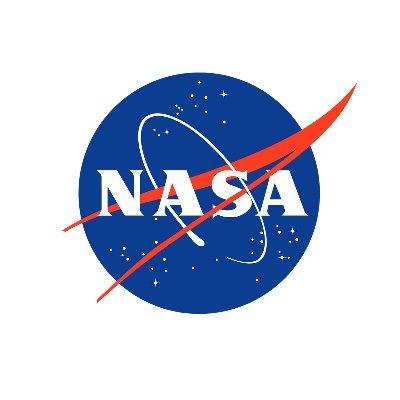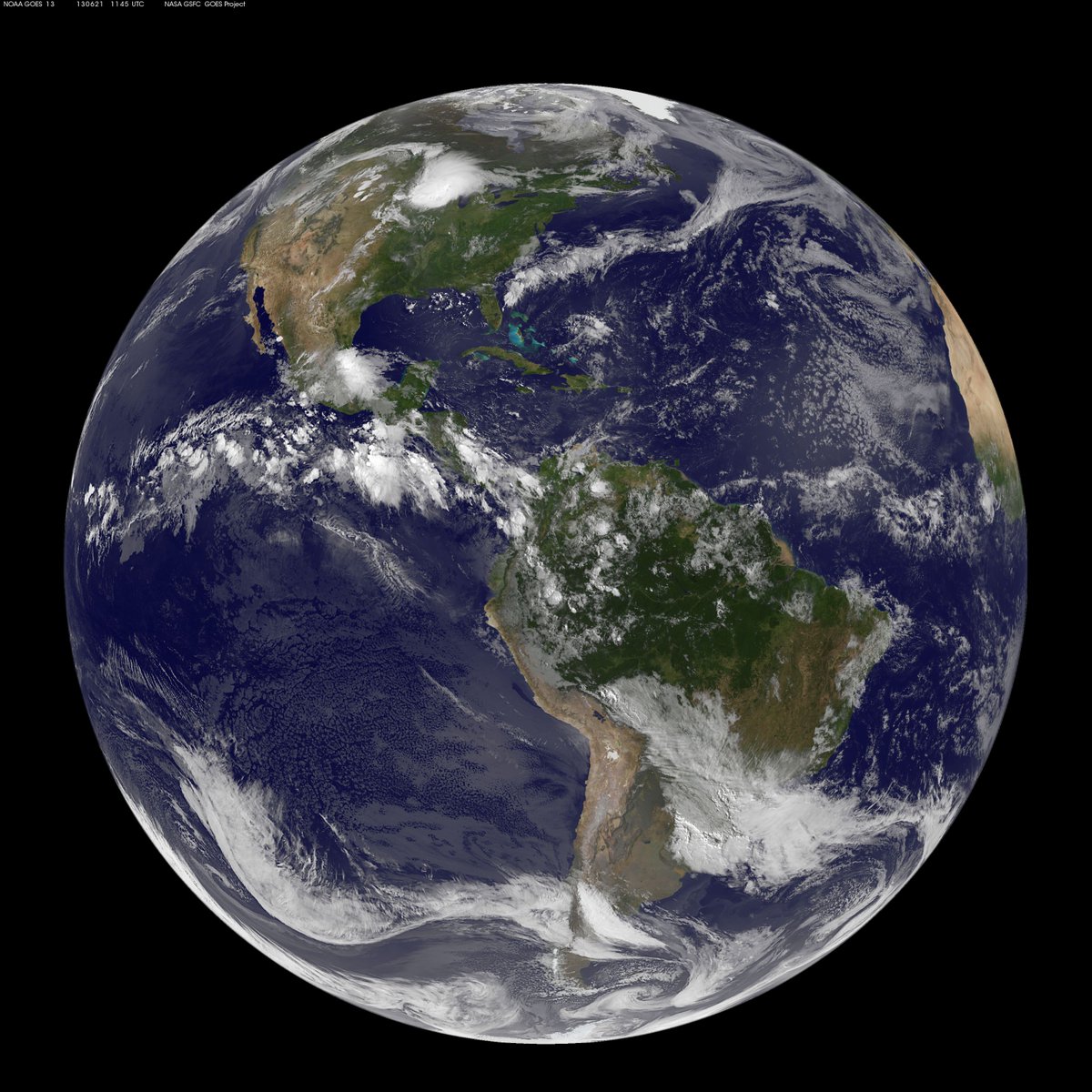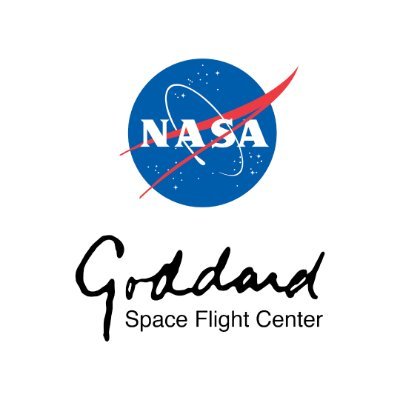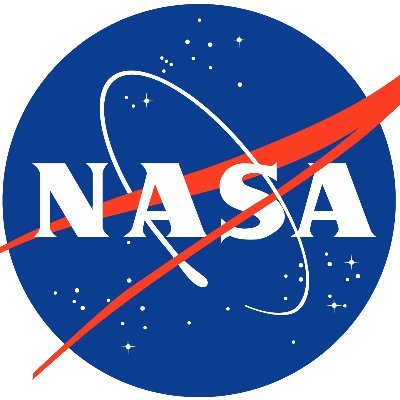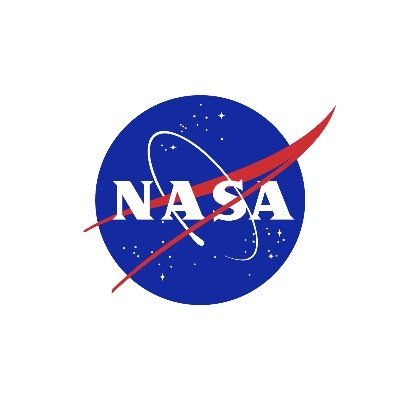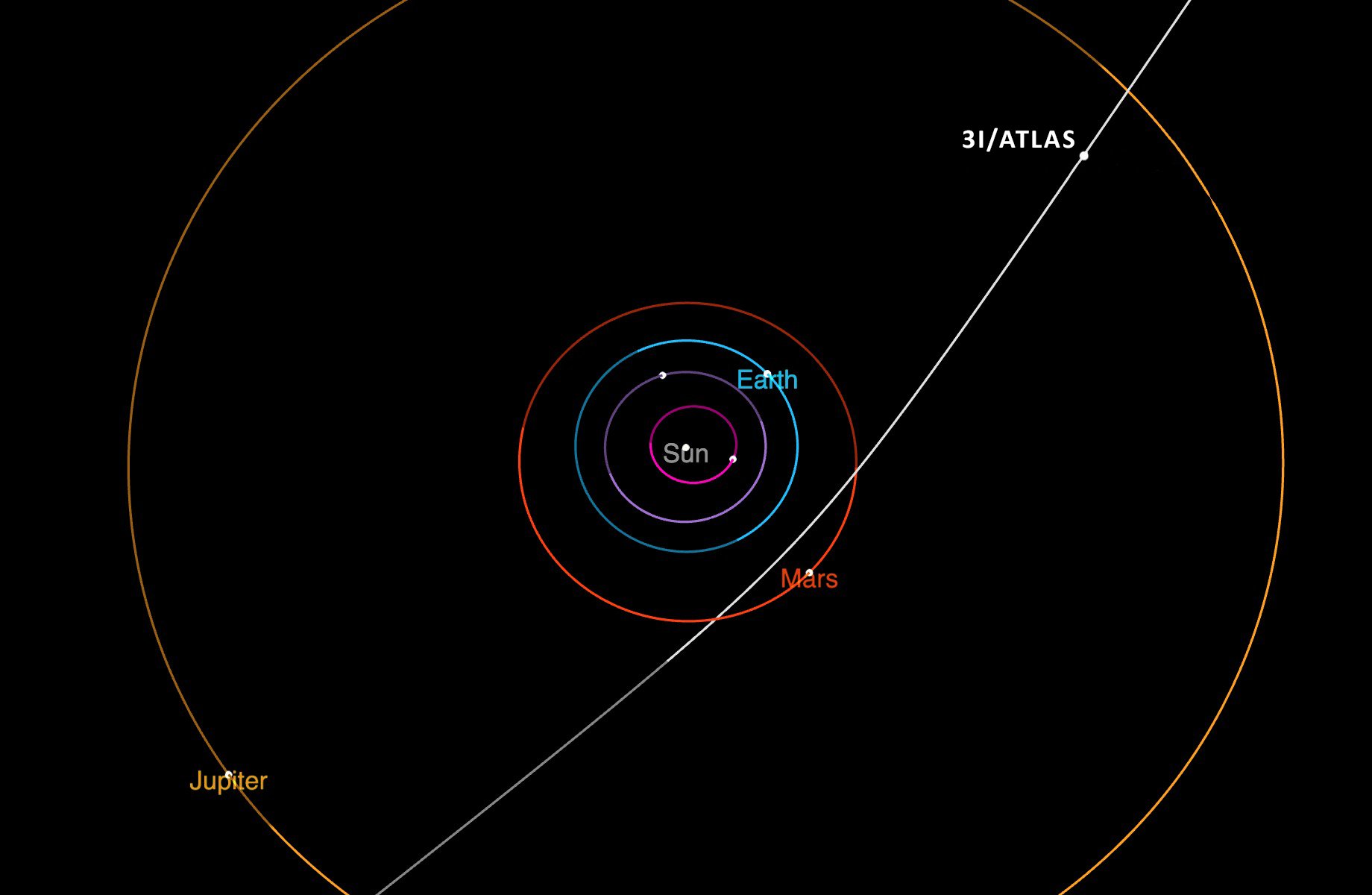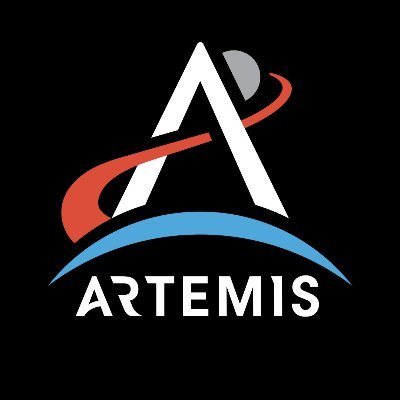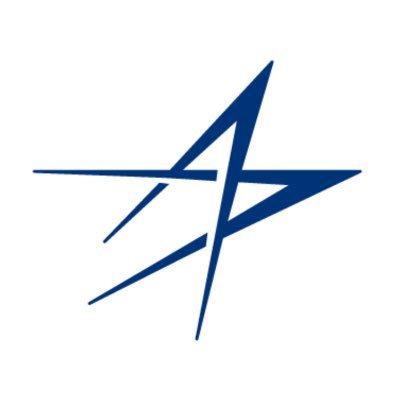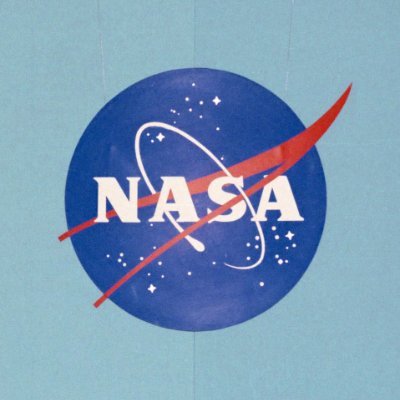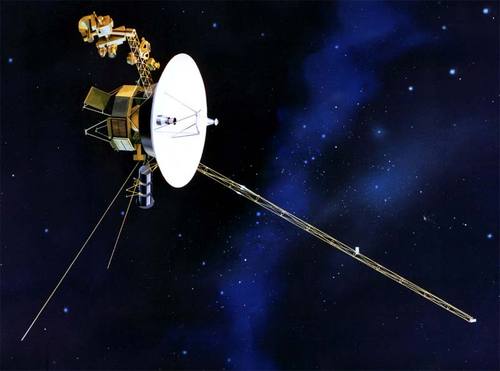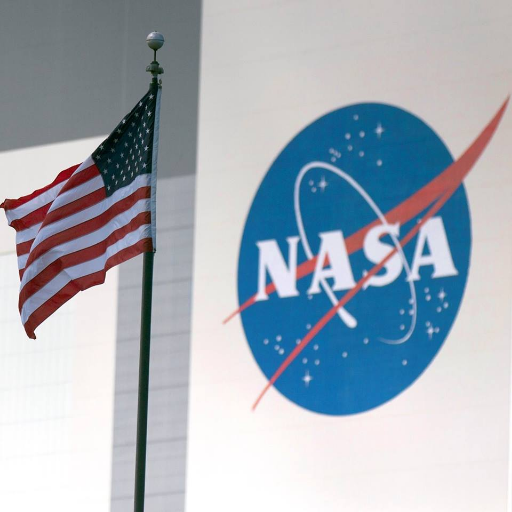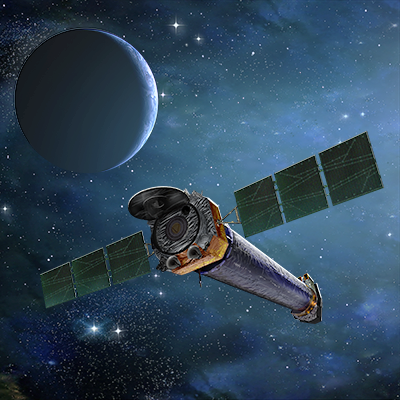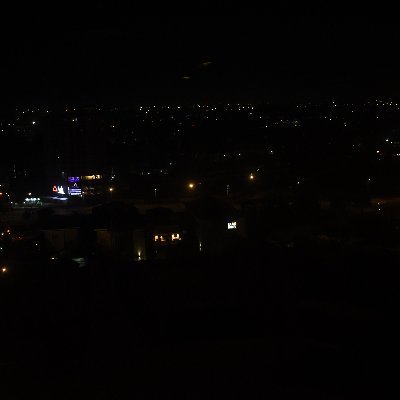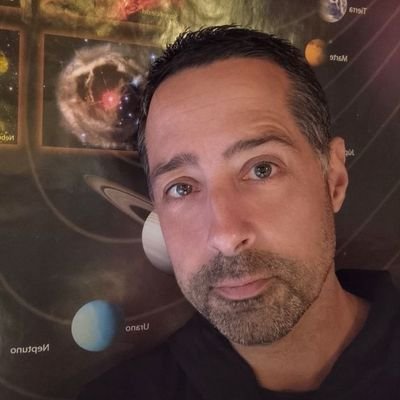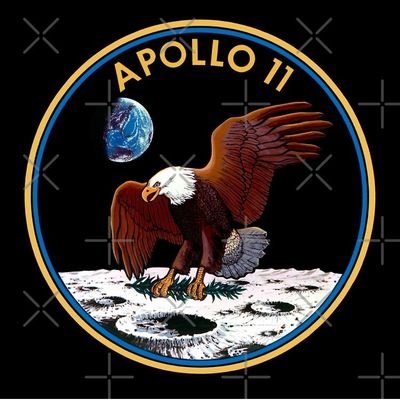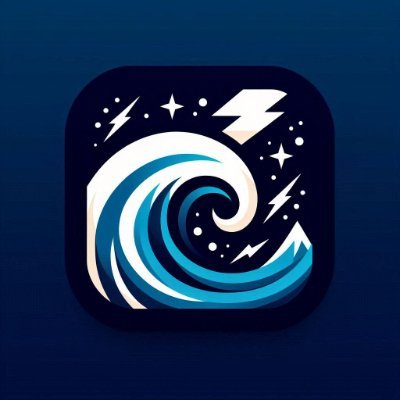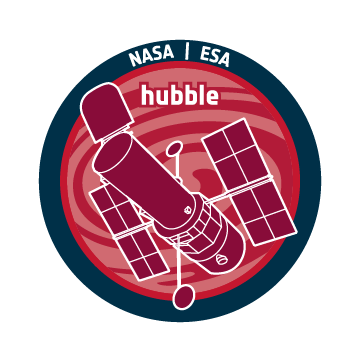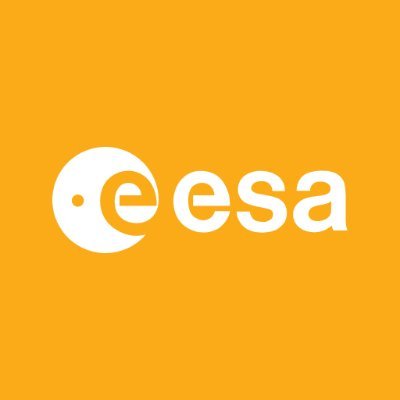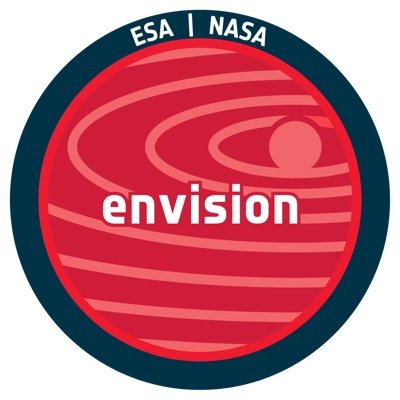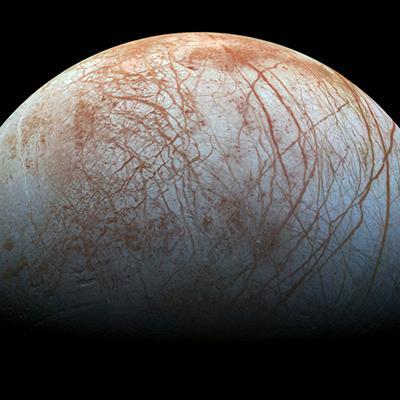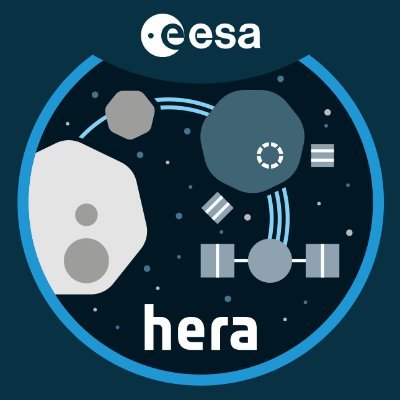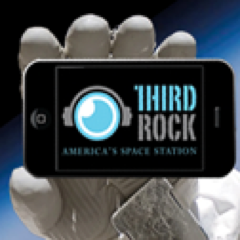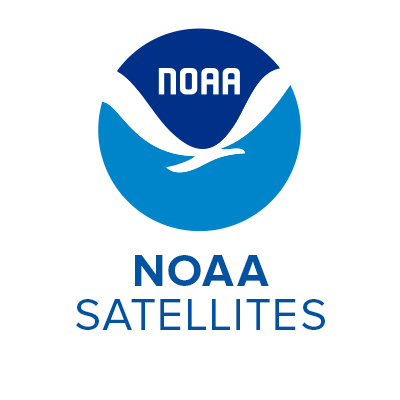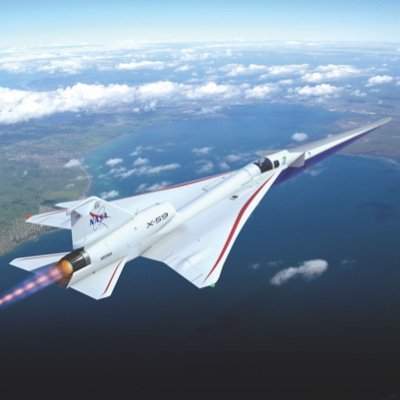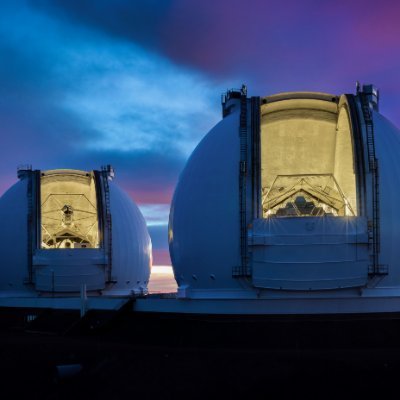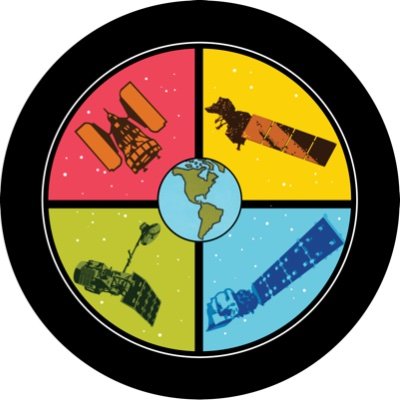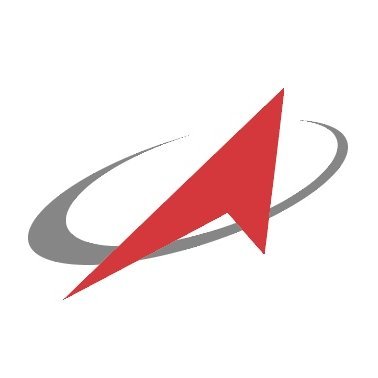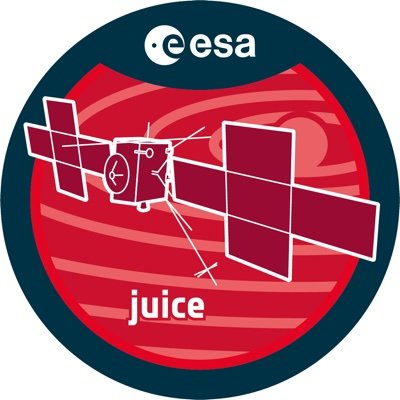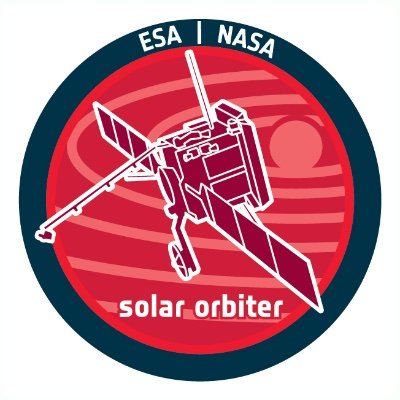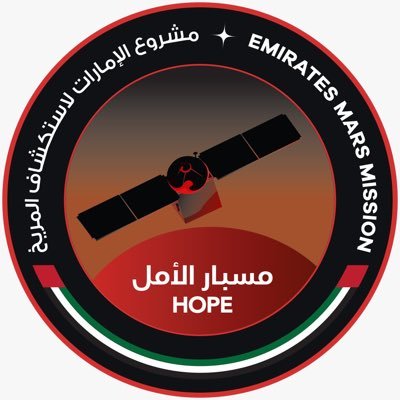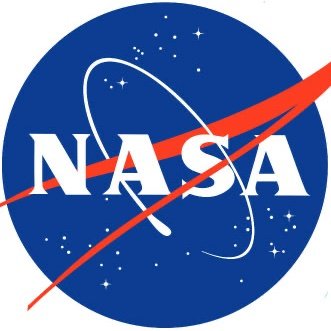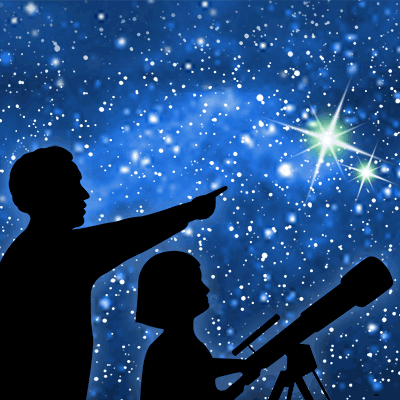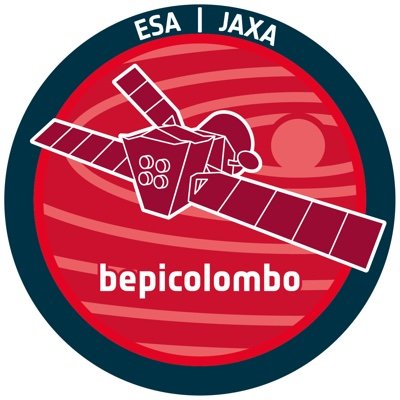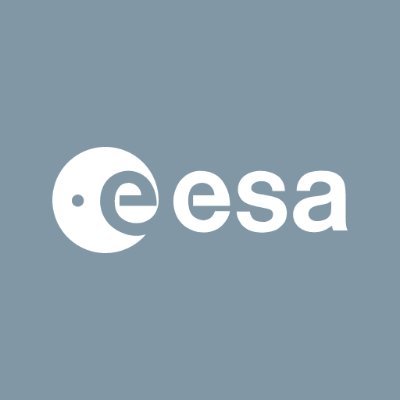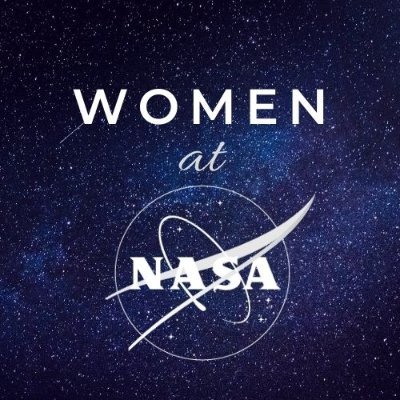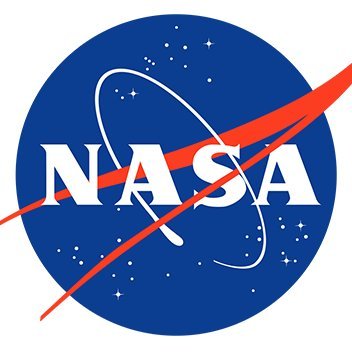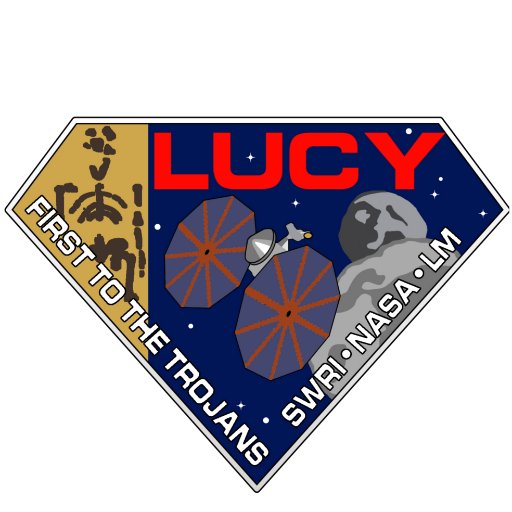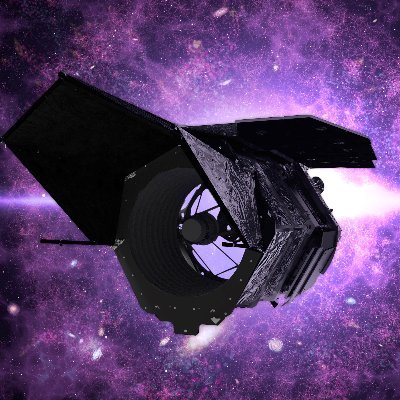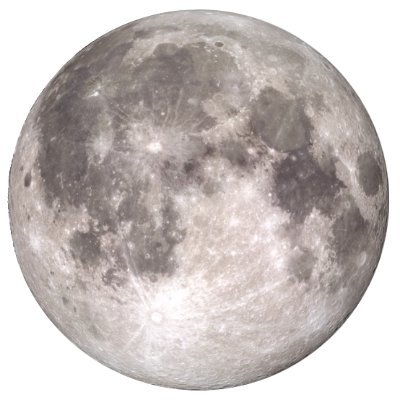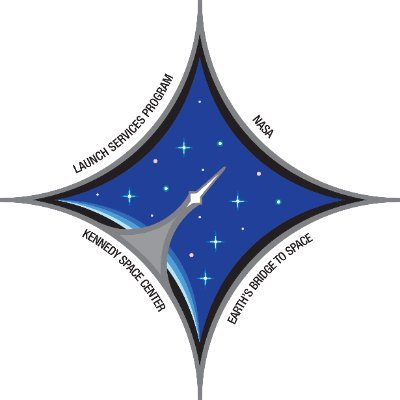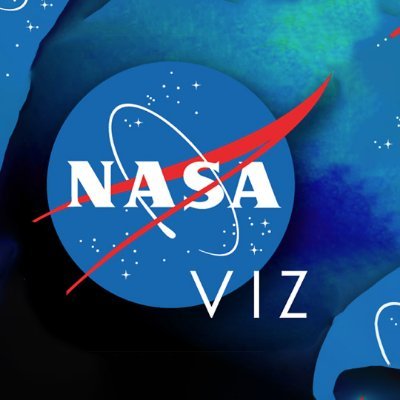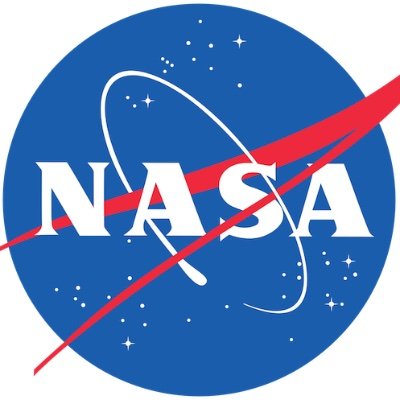
NASA Solar System
@NASASolarSystem
Join us as we explore the worlds of our solar system.
你可能会喜欢
This Thanksgiving, we're grateful for you. 💛 The Wolf-Rayet stars seen here by @NASAWebb are surrounded by shells of dust. We hope you find yourself wrapped in the warmth of love and support today, too.
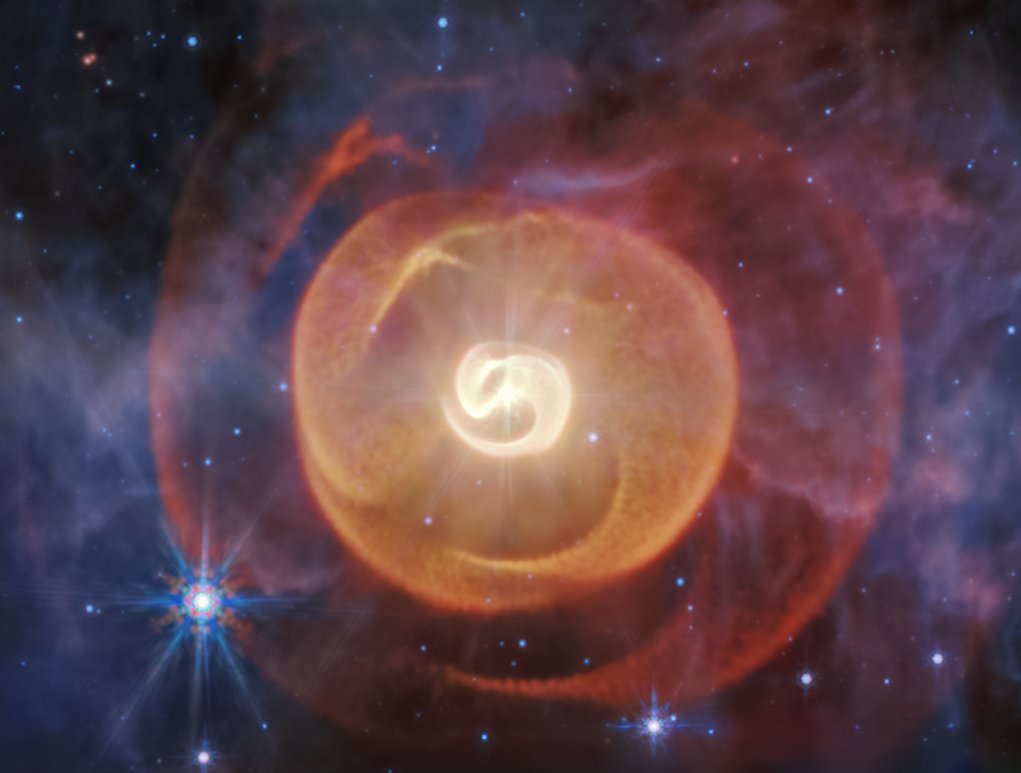
You can see Voyager 1's current position, and retrace its odyssey through the solar system, at eyes.nasa.gov/apps/solar-sys…
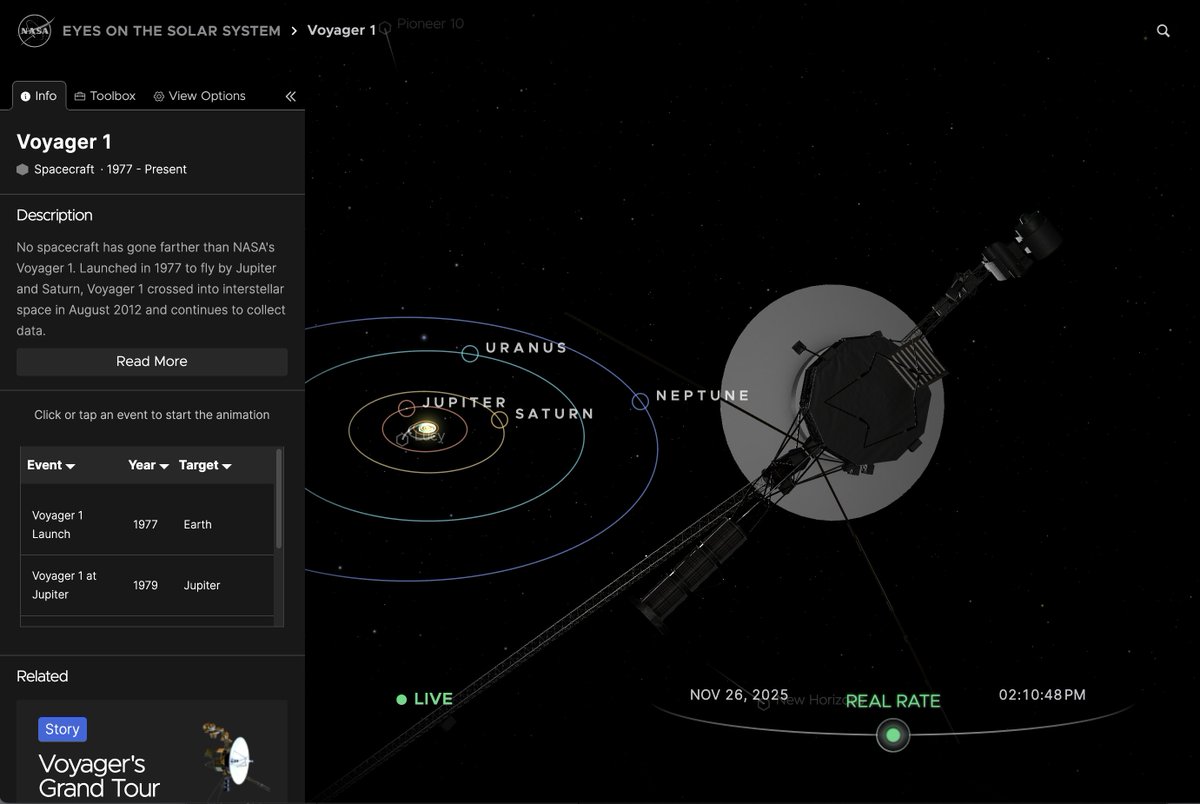
Voyager 1 distance check: Currently 15.79 billion miles from Earth. ✅ This time next year, Voyager 1 will be one light-DAY away – meaning it will take light a whole 24 hours to travel between Earth and the spacecraft. For comparison: Mars is usually ~12 light-MINUTES from…
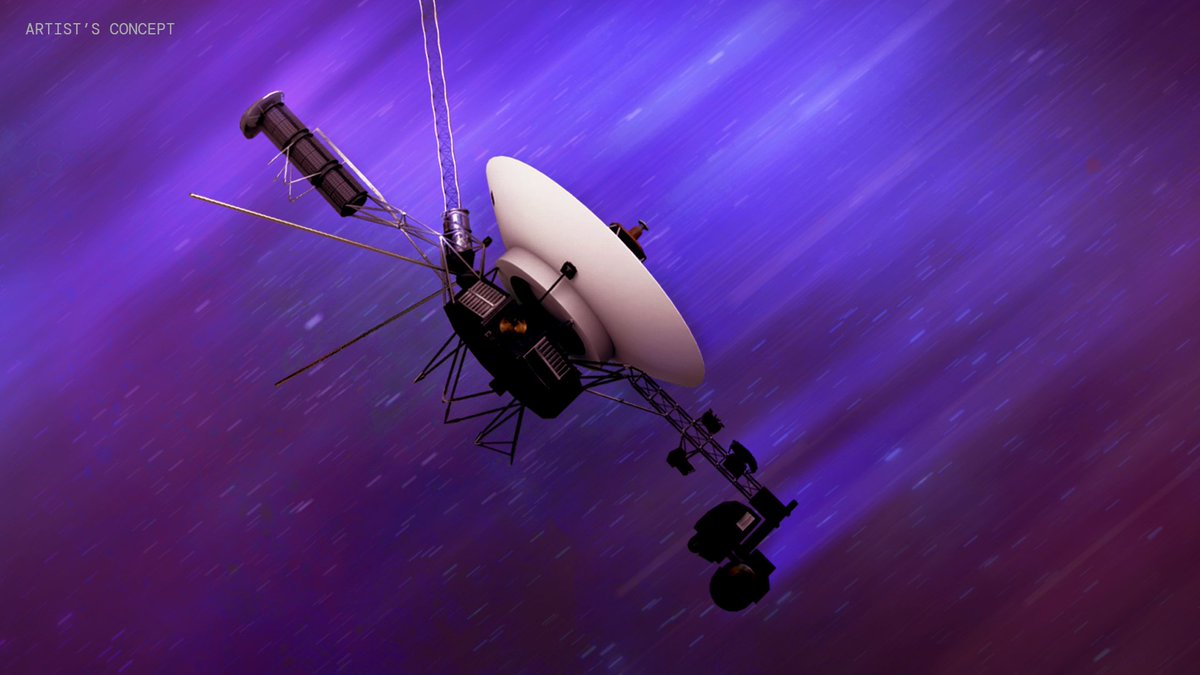
We love a good cameo 📹 En route to study Jupiter's icy moon Europa, NASA’s Europa Clipper spacecraft captured this image of a starfield that includes the planet Uranus from a distance of about 2 billion miles (3.2 billion kilometers) away! Read more about it here:…
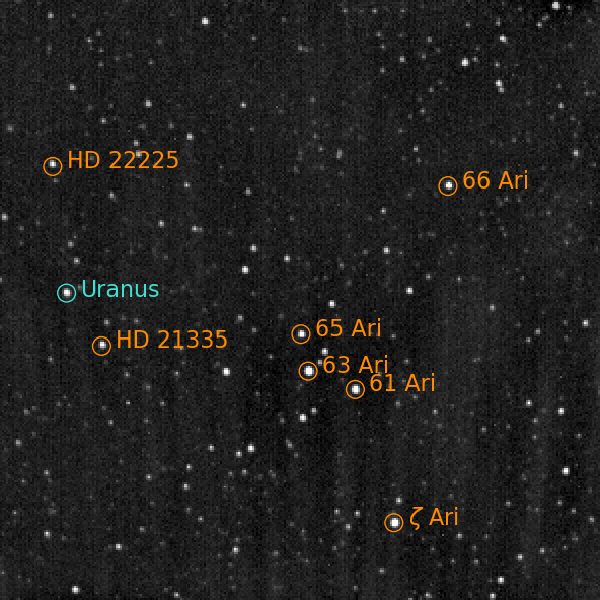
NASA radar observations indicate a feature near the south pole of Mars is *not* a buried lake, as once suspected — but the same innovative radar technique used here could be prefect for finding subsurface resources elsewhere on Mars. go.nasa.gov/3XiddY4

“First light” for NASA’s ESCAPADE mission! 🚀 📸 These images, taken on Nov. 21, 2025, are ESCAPADE’s “first light,” or first images taken from space. Just about a week after launch, one of the two Mars-bound spacecraft took these images as part of the commissioning process,…

It’s #SunDay! This week’s (Nov. 14 - 20) space weather report includes: · 1 X-class flare · 3 M-class flares · 42 coronal mass ejections · 0 geomagnetic storms It’s our first full week back after the government shutdown, and this week's data range caught the tail end of the…
Saturn’s rings have disappeared! (Kind of.) Due to their tilt from the perspective of Earth, the planet's rings have appeared to vanish. But don’t worry – as Saturn continues to rotate, the rings will become visible again. 🪐
Layers in Crommelin Crater as seen by the Mars Reconnaissance Orbiter in September 2025. The area shown is about a kilometer across. science.nasa.gov/mission/mars-r…
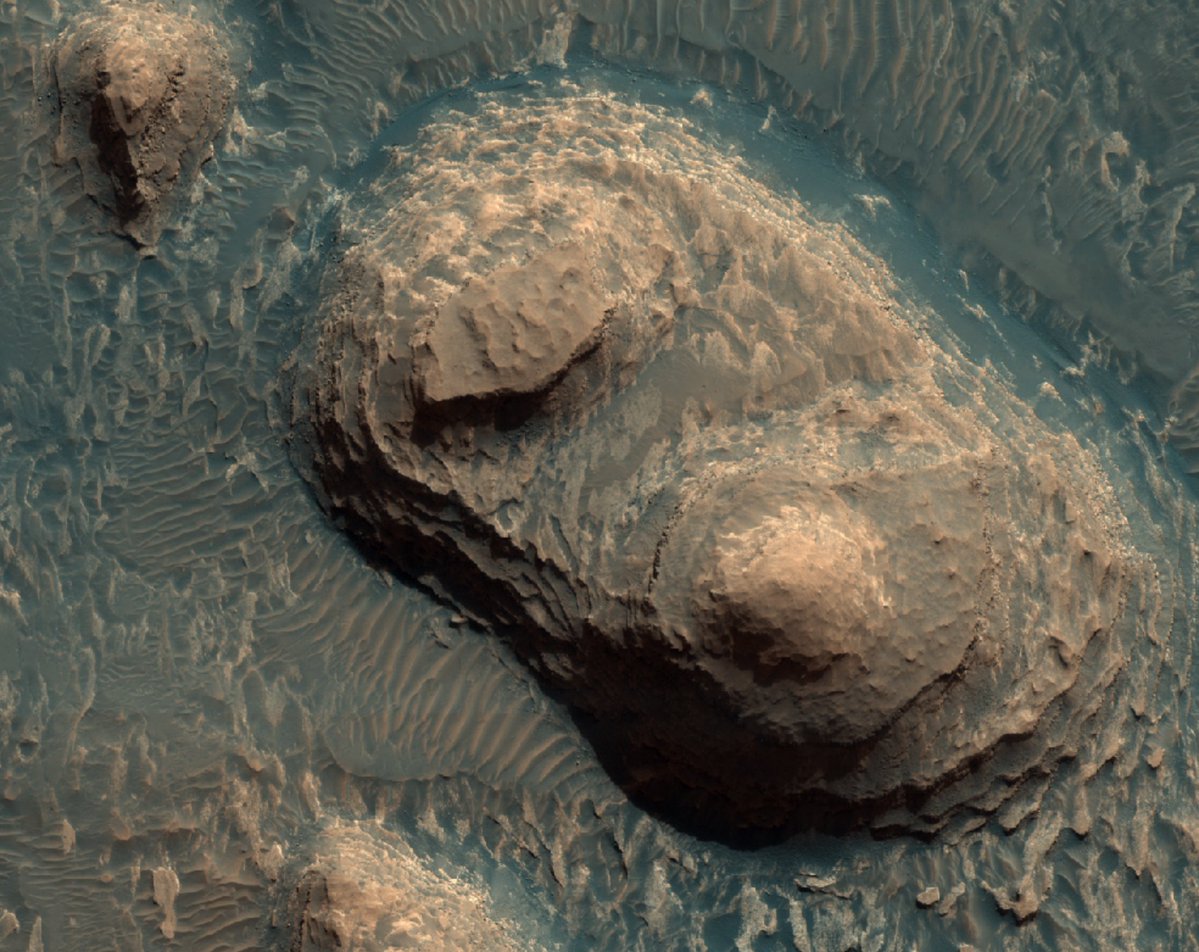
Intriguing new science from old data. 🧪 A new analysis of measurements from our Cassini mission found evidence of previously undetected organic compounds in a plume of ice particles ejected from the ocean inside Saturn’s moon Enceladus. go.nasa.gov/485xghq

I’ve still never seen aurora from below, but up here, it’s a frequent show. Last week’s was especially good. See if you can spot Houston, Florida, and the northern lights all in one frame, before we head out across the Gulf and some great lightning storms over South America at…
❓Want more❓ There are still more observations to come from both our spacecraft and ground-based telescopes. New imagery will be publicly available at our 3I/ATLAS website: go.nasa.gov/3iatlas Find fast facts and answers to our frequently asked questions here:…
❓Timing❓ These were the images taken during the government shutdown. While our spacecraft were still permitted to operate, our content releases were required to be paused. Now that we’re fully operational again, we’re sharing everything they’ve observed over the past few weeks.
❓…Anomalies❓ 3I/ATLAS does have a few differences compared to comets from our own solar system – but that’s expected because it's from an entirely different planetary system (one that we think could be older than ours!). But everything we’ve seen still fits with observed…
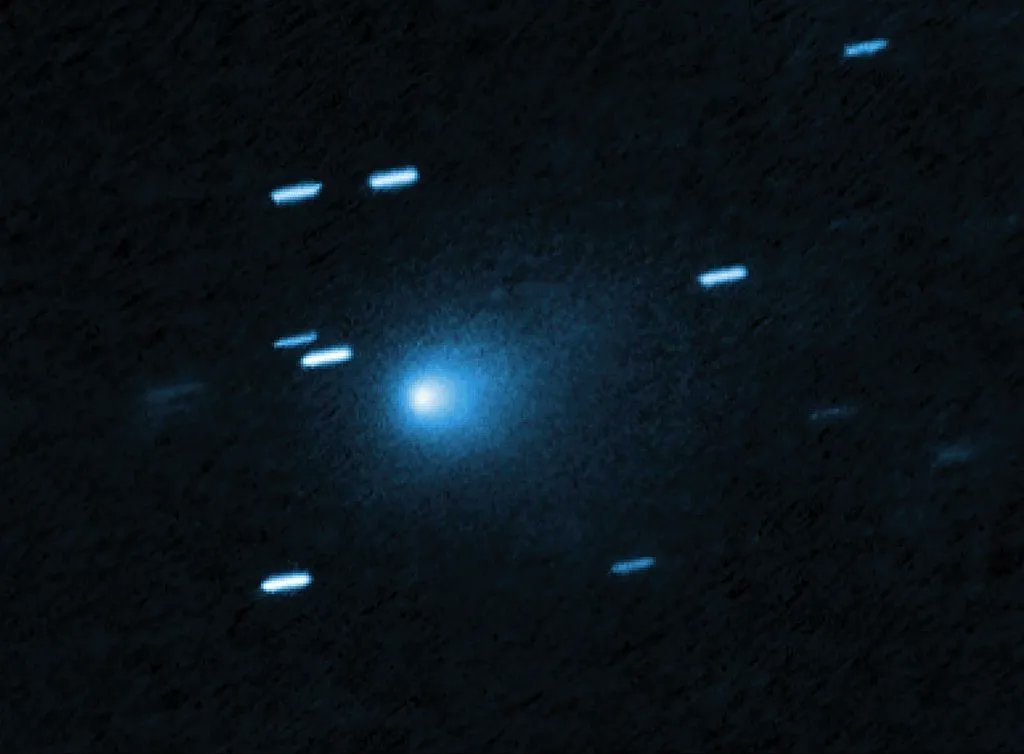
United States 趋势
- 1. Good Saturday 23K posts
- 2. #MeAndTheeSeriesEP3 266K posts
- 3. Texas 159K posts
- 4. #JimmySeaFanconD1 506K posts
- 5. #FELIX_MAMAAwards2025 19.2K posts
- 6. 3-8 Florida 2,490 posts
- 7. #SaturdayMotivation 2,073 posts
- 8. #BINIFIED 205K posts
- 9. hanbin 27.5K posts
- 10. Go Blue 5,534 posts
- 11. Katie Miller 3,462 posts
- 12. Sark 5,570 posts
- 13. Go Bucks 1,434 posts
- 14. Sam Houston N/A
- 15. Arch 25.5K posts
- 16. Georgia 50K posts
- 17. Reaves 22.1K posts
- 18. Aggie 5,103 posts
- 19. Sylus 108K posts
- 20. Lindor 2,819 posts
你可能会喜欢
-
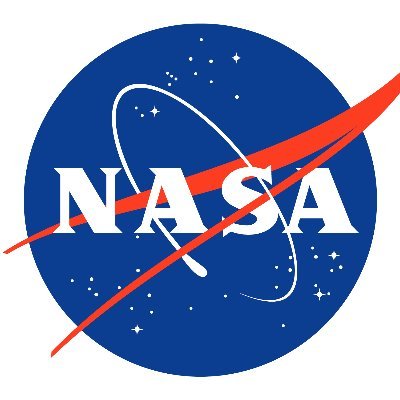 NASA
NASA
@NASA -
 SpaceX
SpaceX
@SpaceX -
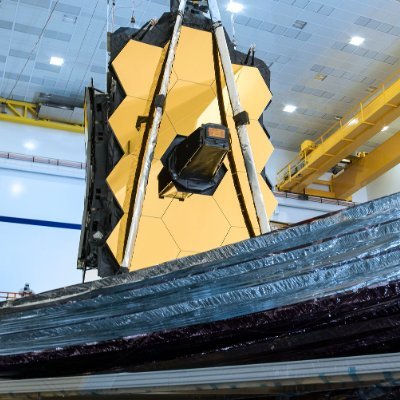 NASA Webb Telescope
NASA Webb Telescope
@NASAWebb -
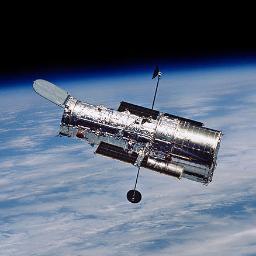 Hubble
Hubble
@NASAHubble -
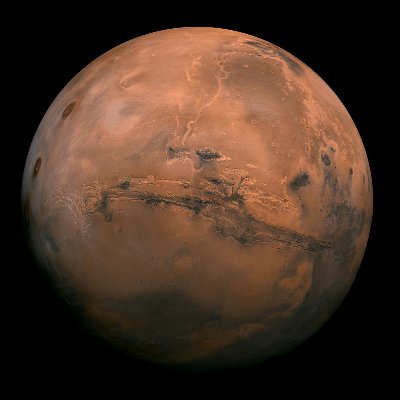 NASA Mars
NASA Mars
@NASAMars -
 International Space Station
International Space Station
@Space_Station -
 NASA Earth
NASA Earth
@NASAEarth -
 NASA Universe
NASA Universe
@NASAUniverse -
 NASA's Glenn Research Center
NASA's Glenn Research Center
@NASAglenn -
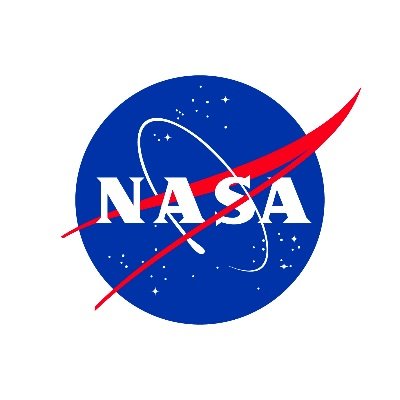 NASA Armstrong
NASA Armstrong
@NASAArmstrong -
 NASA's Johnson Space Center
NASA's Johnson Space Center
@NASA_Johnson -
 NASA JPL
NASA JPL
@NASAJPL -
 NASA Technology
NASA Technology
@NASA_Technology -
 NASA Langley Research Center
NASA Langley Research Center
@NASA_Langley -
 SPACE.com
SPACE.com
@SPACEdotcom
Something went wrong.
Something went wrong.
















